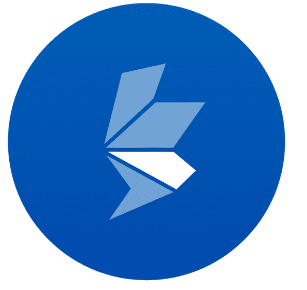Most children who present with a head injury will not require any imaging. This guideline provides indications for imaging the small number of children who are at risk of associated brain injury / complications.
Plain x-rays (i.e SXR) is not routinely indicated in children with head injury
CT scanning should be performed if, after discussion with a senior ED clinician (ideally consultant) there is:
- Suspicion of non-accidental injury
- Clinical evidence of base of skull fracture
- Any new focal neurological deficit
- A reduced conscious level (aged over 1yr: GCS <14 at presentation, or < 15 after 2 hrs; aged under 1yr GCS <15 at presentation)
- A suspected open fracture, penetrating brain injury or tense fontanelle
- A bruise, swelling or laceration of more than 5 cm on the head and the child is aged under 1 year
- A bleeding disorder or anticoagulation with any neurological symptoms / signs
Children with the following should be discussed with senior ED clinician (ideally consultant), observed for 2- 4 hrs and a CT performed if any deterioration / failure to improve / ongoing concern:
- Loss of consciousness lasting more than 5 minutes (witnessed).
- Abnormal drowsiness
- Persistent vomiting
- Significant mechanism of injury (e.g high energy RTA, fall >3m)
- Amnesia (antegrade or retrograde) lasting more than 5 minutes
- Bleeding disorder or anticoagulation with no neurological concerns (must be discussed with haematology team – may need longer period of observation)
Any child with an abnormal CT scan, or persisting decreased conscious level or persisting focal neurology should be discussed with the on-call neurosurgical team (via switchboard)

